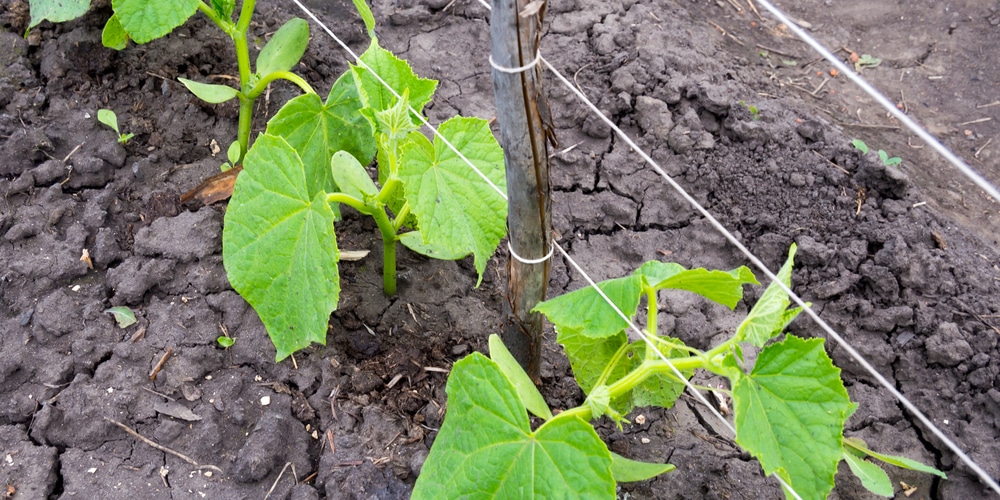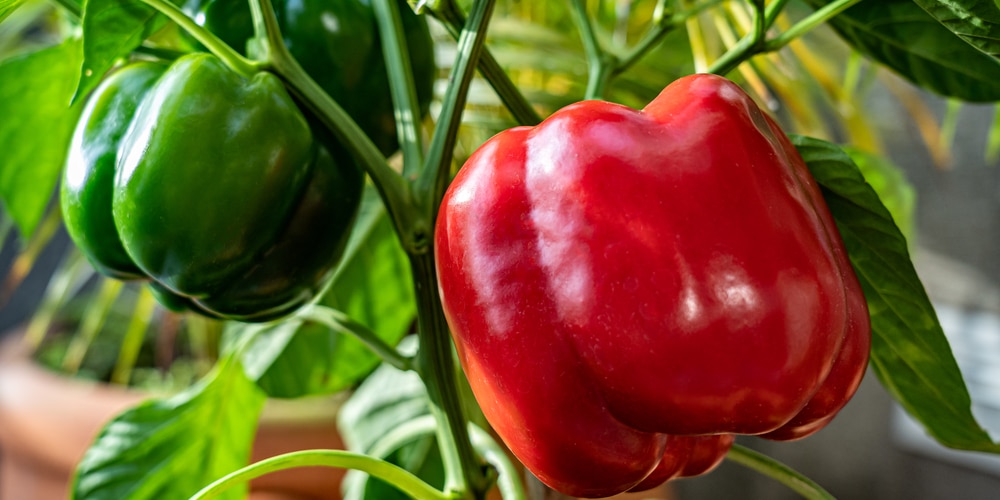If this is your first time growing peppers, or you’ve had some of them fail to set fruit in the past, you’re wondering if you’re doing something wrong. The question remains, do they need to be pollinated? Are there things we can do to help peppers with pollination? If yes, how? We’ll answer all of those questions below.
Do Peppers Need to Be Pollinated?

Pollination is transferring pollen from the male organ or stamen of a flower to the female part, the pistil. This process is essential for fertilization and the creation of seeds in most flowering plants, including peppers. The transfer of pollen can be done by insects, wind, or manually.
Before peppers bear fruit, they need to be pollinated first. Bees are a significant player when it comes to the pollination of flowers. While most bee species are attracted to the nectar in flowers, they also inadvertently transfer pollen as they move from one flower to another. For peppers, however, their flowers are considered to be self-pollinating. This means that they can grow and bear fruits even in the absence of other pollinating plants.
How Do Peppers Get Pollinated?
Peppers have perfect flowers, and by perfect, we mean that they have both female and male reproductive parts. The male reproductive part is the stamen, and it produces pollen. The female reproductive part is the pistil, which has a sticky stigma that catches pollen. This is where the seed production process begins. The seed will then mature and be encased in the fruit we know and love.
Although bees play a role in the pollination of peppers, they are not necessary for the process. Wind can also blow pollen from the stamen to the pistil. This is why you often see peppers growing in fields or near other tall plants. The wind can easily carry the pollen from one plant to another.
With that being said, a pepper’s pollination process makes them ideal even when growing indoors. It doesn’t need another plant variety or other pepper plants for it to produce fruit. All you need is to plant the pepper, water it, and let nature do its work.
Manual Pepper Pollination
Aside from insects and wind, humans can also help with the pollination of peppers. This is often done by gardeners or farmers who want to ensure that their plants will bear fruit.
This process is relatively simple. All you need is either a brush or a toothpick to help transfer pollen from the stamen to the pistil.
Soft-Bristled Brush
Using a soft-bristled brush, gently brush against the flower. You can use an electric toothbrush to help stimulate the bee’s vibrations and release more pollen. Do this for all the flowers on the plant. You can also do this every few days to increase your chances of a bountiful harvest.
Toothpick
If you don’t have a spare electric toothbrush to use for this, you can alternatively use a toothpick. Just nudge the flower back and forth, with enough movement for the stamen to release pollen. You can also use a cotton swab if you don’t have a toothpick on hand. Once the stamen goes back to its place, this movement will cause the release of pollen, which will then be transferred to the pistil.
Shaking the Plant
Another way to manually pollinate your pepper plant is by shaking it. This will help release the pollen from the stamen so that it can fall on the pistil. You can also use a fan to create a breeze that will do the same thing.
Just be careful not to shake or blow too hard. Just enough vibration to stimulate the release of pollen will do.
How are Peppers Pollinated: Final Thoughts
Upon successful pollination, you’ll notice that it’ll take about 45-55 days for the pepper to mature and be ready for harvest. The pollination process is essential to ensure that your peppers will grow and bear fruit. With a little help from bees, wind, or manual pollination, you’ll be able to enjoy your pepper fruits straight from your own yard!

